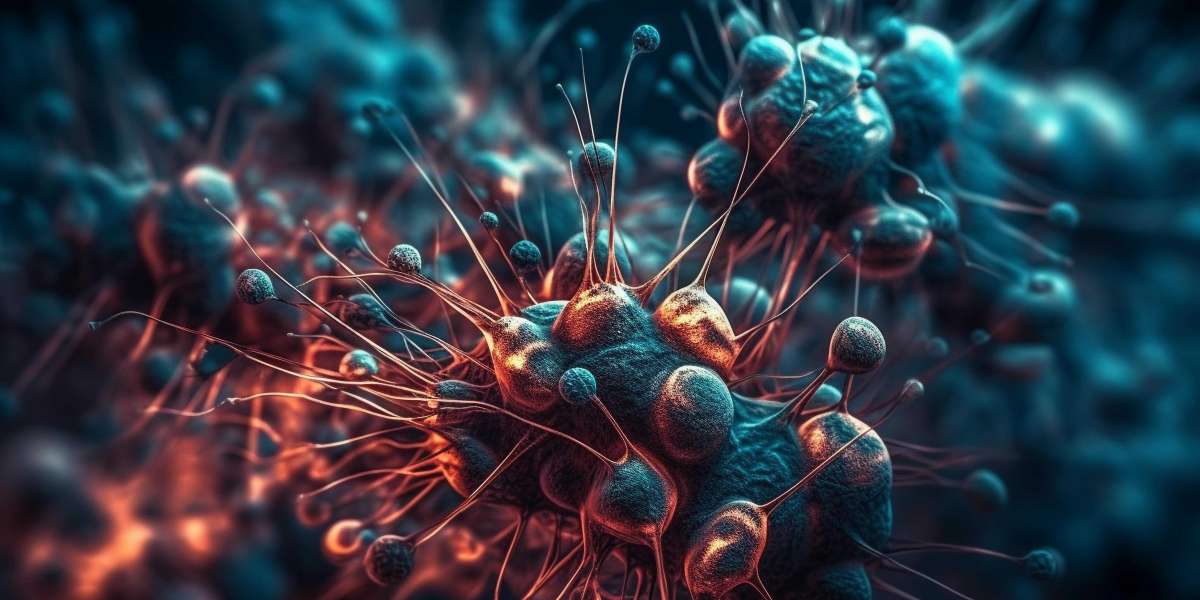Breast Cancer Awareness Month shines a spotlight on various types of breast cancer, with Triple-Negative Breast Cancer (TNBC) being one of the most challenging forms. TNBC is characterized by its unique biological profile and treatment challenges, making awareness and understanding crucial for patients and healthcare providers alike.
Understanding Triple-Negative Breast Cancer
Triple-Negative Breast Cancer (TNBC) is a subtype of breast cancer that does not express estrogen receptors, progesterone receptors, or excess HER2 protein. This lack of hormone receptors makes TNBC distinct from other breast cancer types, which often rely on hormone therapies or targeted treatments. Approximately 10-20% of all breast cancer cases are classified as TNBC, and it is known for its aggressive nature and higher likelihood of recurrence.
Triple Negative Breast Cancer Causes
The exact causes of Triple-Negative Breast Cancer remain unclear, but several factors may contribute to its development. Genetic mutations, particularly in BRCA1 and BRCA2 genes, are strongly associated with TNBC. Women with a family history of breast cancer or those who carry these genetic mutations are at a higher risk. Additionally, other genetic changes, lifestyle factors, and environmental exposures may play roles, though more research is needed to fully understand these links.
Triple Negative Breast Cancer Symptoms
Triple-Negative Breast Cancer Symptoms are similar to those of other breast cancers and may include a palpable lump in the breast, changes in breast shape or size, skin changes, and persistent pain. Some patients might also experience symptoms such as unusual discharge from the nipple or a noticeable change in the appearance of the breast or nipple area. Because these symptoms can overlap with other conditions, it’s essential for individuals to consult with a healthcare professional for accurate diagnosis and timely treatment.
TNBC Treatments
Treating Triple-Negative Breast Cancer can be more complex compared to other breast cancer types due to the absence of specific receptors that traditional therapies target. The primary treatment modalities for TNBC include:
- Surgery: Often the first step in treatment, surgery aims to remove the tumor. Options include lumpectomy (removing the tumor) or mastectomy (removing one or both breasts).
- Chemotherapy: TNBC is typically treated with chemotherapy as it is effective against rapidly dividing cancer cells. This treatment may be administered before surgery (neoadjuvant chemotherapy) or after surgery (adjuvant chemotherapy).
- Radiation Therapy: Post-surgery, radiation therapy may be recommended to eliminate any remaining cancer cells and reduce the risk of recurrence.
- Clinical Trials: Given the aggressive nature of TNBC, participating in clinical trials for new therapies, such as targeted drugs and immunotherapies, can provide access to cutting-edge treatments and contribute to the advancement of TNBC management.
Conclusion
Triple-Negative Breast Cancer presents unique challenges due to its aggressive nature and lack of targeted treatment options. Increased awareness and research are essential to improving outcomes for those affected. During Breast Cancer Awareness Month, understanding the key aspects of TNBC—from its symptoms and causes to treatment options—can empower patients and healthcare providers in the fight against this formidable disease.
Trending Reports








